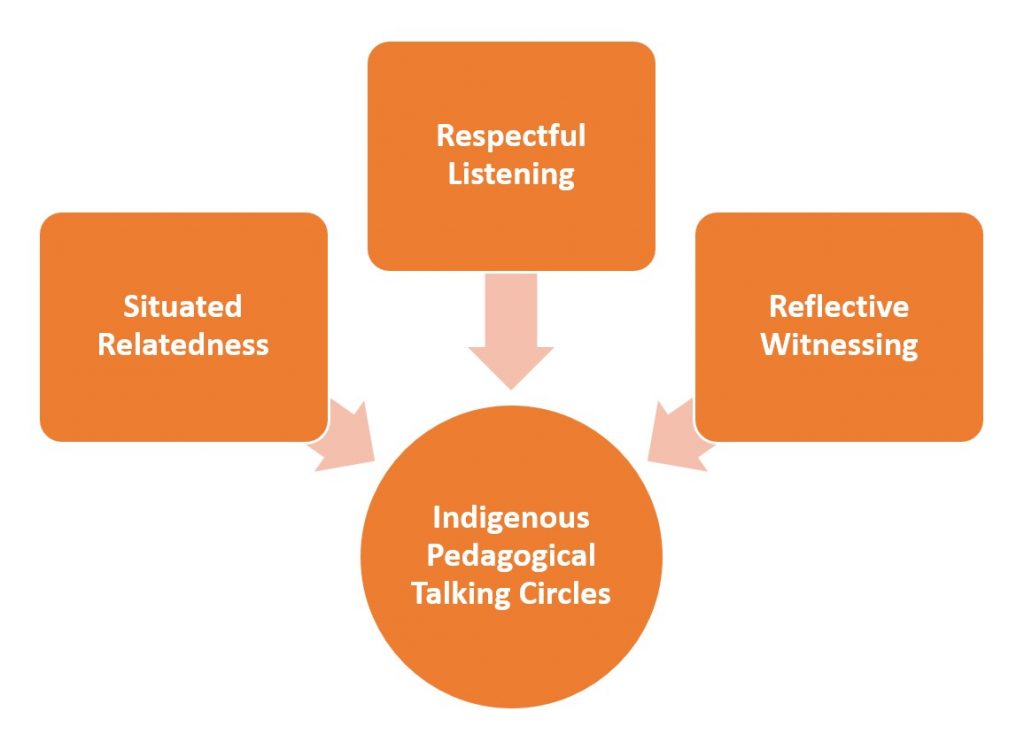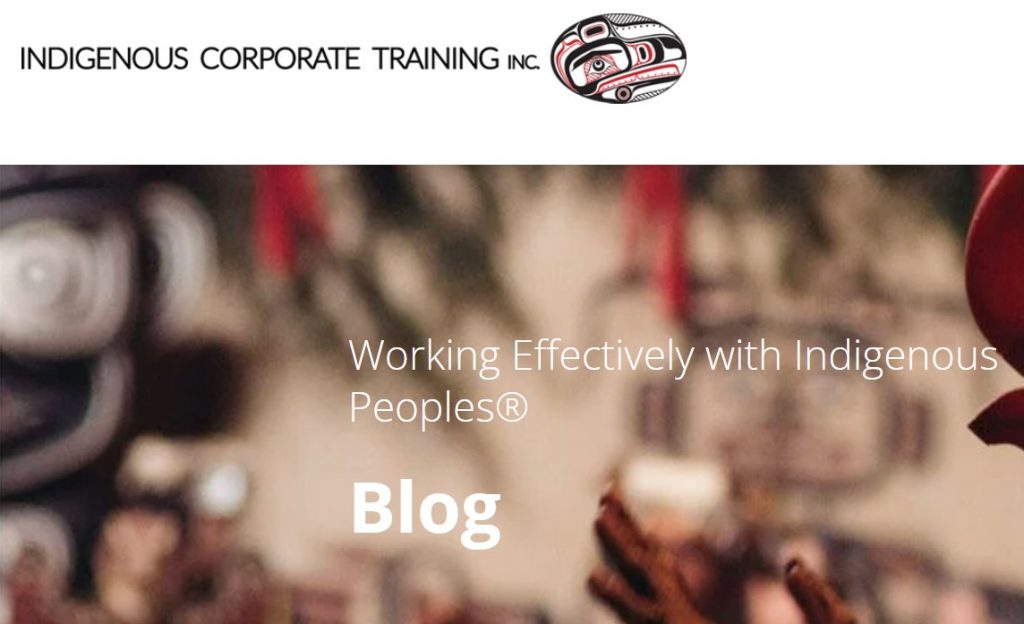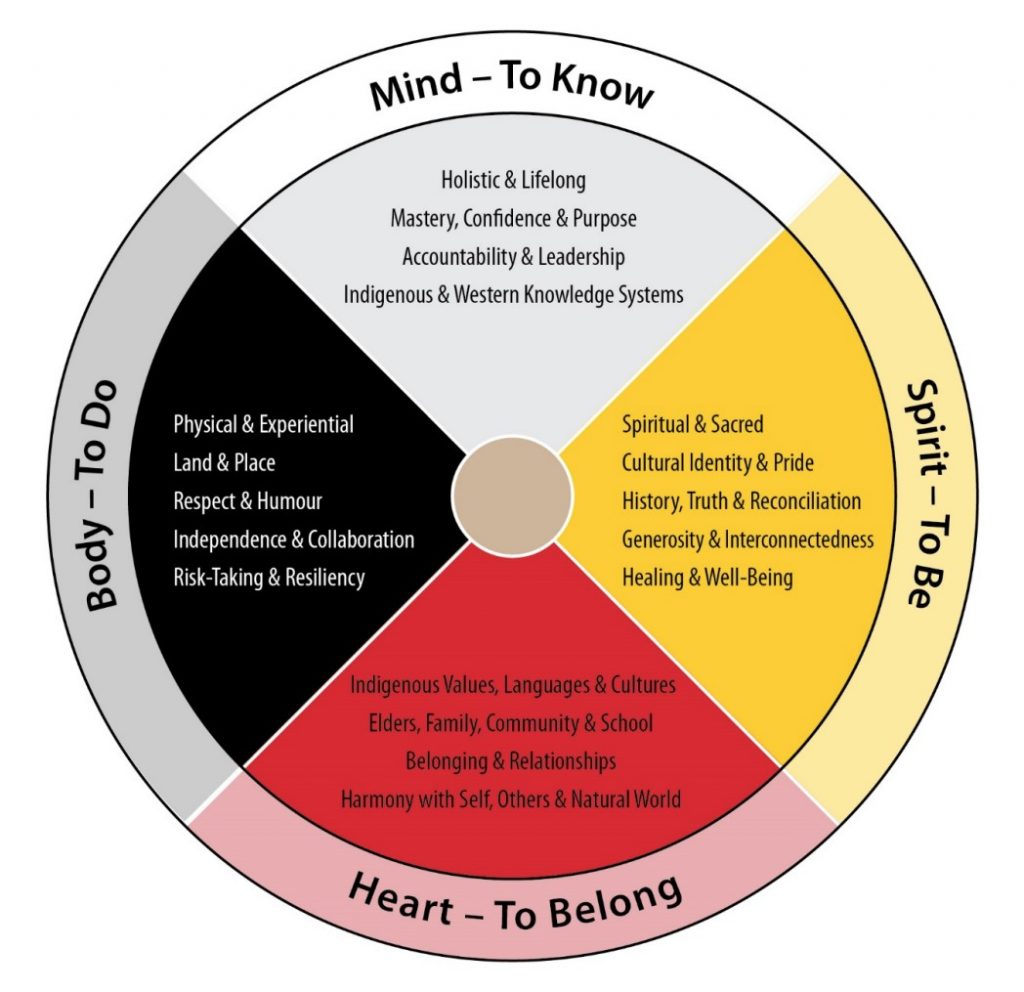Wemigwans, J., & ProQuest (Firm). (2018). A digital bundle: Protecting and promoting indigenous knowledge online. University of Regina Press.
This essay is proving to be very interesting. Wemigwans, who is an Anishnaabekwe scholar, explores the “cultural shift in how we share Indigenous Knowledge online.” The book examines the Internet and its part in the spreading Indigenous Knowledge from Elders and Indigenous knowledge keepers.” I believe this book can be crucial for developing my final project because it examines how we can use the internet to share Indigenous knowledge. I hope this book enlightens me on how best to use the internet to share Indigenous knowledge and how Indigenous people can successfully use western technology.





